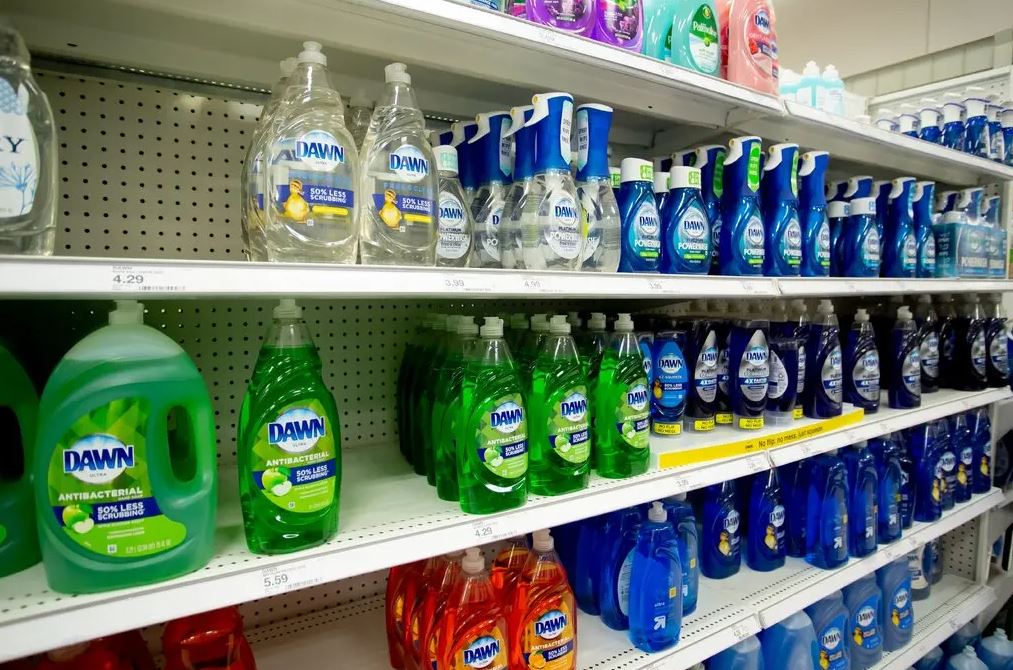Profits at Procter & Gamble were boosted by price hikes for home staples like Gillette razors, Dawn dish soap, and Swiffer dusters in the most recent quarter, the firm said on Friday, suggesting that inflation may remain persistent as businesses protect their profit margins.
A price increase of 10% across all of Procter & Gamble’s brands resulted in higher profits in the first three months of the year, the consumer goods industry standard bearer said. This is the second consecutive quarter in which the firm has seen growth in the double digits. During the period in question, the company’s profit margin grew as higher prices more than compensated for the higher costs of its inputs.
Even while the number of rolls of Charmin toilet paper and boxes of Tide detergent sold declined by 3 percent year over year as customers moved down to less costly alternatives or purchased less, revenue grew 4 percent last quarter from the year before. That is to say, despite a decline in product sales, Procter & Gamble’s bottom line increased. The company’s sales volume has dropped over the last four quarters.
The business now anticipates a 1 percent increase in sales for the current fiscal year, up from an earlier projection of flat to a 1 percent decline. In addition, the company announced plans to repurchase up to $8 billion in shares during the current fiscal year.
In recent months, Americans have been spending despite firms passing along price increases. However, there are indications that consumers may be beginning to draw back: In March, retail sales in the United States fell by 1 percent compared to February.
Overall inflation has slowed, increasing by 5% annually through March from a high of almost 9% in the summer. The slowdown has been lengthy and patchy in part because businesses have found they can keep charging premium prices for their products.
On a conference call with investors, Procter & Gamble repeatedly praised the “irresistible superiority” of their goods.
Increasing pricing has been successful for other manufacturers of consumer goods. After repeated rounds of price hikes helped PepsiCo achieve better-than-expected profitability in the fourth quarter, the company announced in February that it would not implement any more price increases. And Unilever stated this year it will keep raising prices, albeit it would slow the rate of rise after the first half of the year.
Ms. Kodali, a Forrester researcher, said that customers may get dissatisfied with higher pricing. Procter & Gamble’s declining sales volume is proof that consumers are shifting their purchasing patterns. However, brand loyalists, or “inelastic customers,” are likely to continue purchasing items at higher costs.
For example, if the price of disposable diapers like Pampers continues to rise, consumers may switch to cloth diapers. It will be difficult for Procter & Gamble to regain that consumer.
Although higher prices are helpful for businesses’ bottom lines, they have made it more difficult for the Federal Reserve to rein in inflation by slowing the economy via a series of interest rate hikes that began last year. The Federal Reserve increased its benchmark rate from near zero to a range of 4.75 to 5 percent at the end of last month.
European authorities have expressed concern that corporations are contributing to inflation by raising prices above what is required to cover inflationary expenses. The wage-price spiral has long been a source of worry for policymakers since pay increases often lead to price hikes from businesses.
There is now the possibility of a profit-price spiral. Half of domestic pricing pressures in the eurozone in the fourth quarter of last year, according to a member of the European Central Bank’s executive board, were caused by firm earnings, the member of the board said last month.
During a call with investors, Procter & Gamble executives noted that the company still faces headwinds, such as rising operating expenses and wages.

